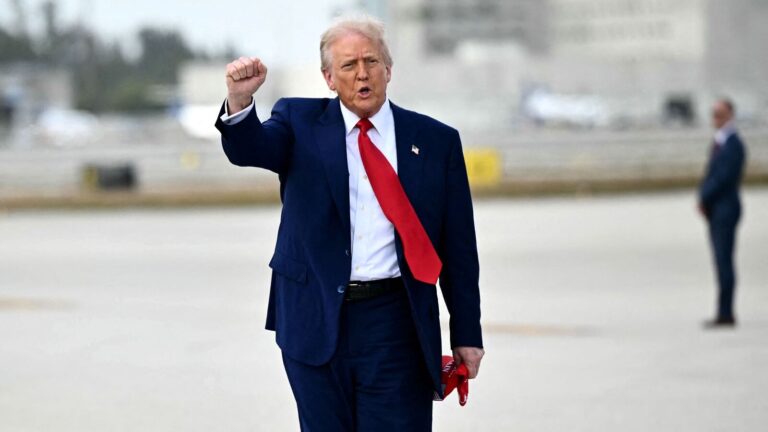US President Donald Trump has announced new tariffs ranging from 25% to 40% on imports from several countries, including Japan and South Korea, effective August 1, 2025. The White House confirmed that an executive order delaying the implementation of these tariffs from July 9 to August 1 will soon be signed.
On Monday, July 7, Trump disclosed letters sent by his administration to various trade partners, notifying them of the upcoming reciprocal tariff rates. These letters were released for additional countries, including Myanmar, Laos, Thailand, South Africa, Bangladesh, Kazakhstan, Indonesia, Tunisia, Malaysia, Serbia, Cambodia, and Bosnia & Herzegovina.
Meanwhile, the US has indicated progress towards a new trade agreement with India. Against this backdrop, analysts are assessing the potential implications for various Indian sectors.
Key Sectors in focus
Prashanth Tapse, Senior Vice President – Research at Mehta Equities, noted that India remains hopeful about securing a favorable trade deal with the US, which could positively impact several key sectors.
“Sectors likely to remain in focus include Automotive & Auto Parts — due to potential reinstatement of high import tariffs; Steel & Aluminum — already affected by Section 232 tariffs and facing renewed scrutiny; and Pharmaceuticals & API Inputs — given their strategic importance and dependency on global supply chains,” Tapse said.
He added that despite the looming deadline, global equity markets have remained stable, buoyed by investor expectations that the US administration may delay or dilute the implementation of broad-based tariffs.
“This sentiment has even led to the coining of the acronym ‘TACO’ (Trump Always Chickens Out), referring to past instances where aggressive tariff threats were softened at the last moment.”
Opportunities and Risks for Indian Exporters
Mohit Gulati, CIO and Managing Partner at ITI Growth Opportunities Fund, emphasized that the end of the US tariff pause could create a mixed export outlook for India.
“In sectors where India holds a near-monopoly or dominant global share — such as specific generic pharmaceuticals and specialized textiles — exporters will likely have stronger bargaining power. Their indispensability to US buyers gives them room to negotiate better terms,” Gulati explained.
However, he cautioned that for a broader set of export categories — including gems & jewellery, electronics, textiles, and auto components — the situation could be more complex.
“While Indian exporters may gain from steeper duties imposed on rivals like China and Vietnam, others may face margin pressures and increased competition. The overall outcome will depend on individual sector dynamics, the level of government support, and the final contours of the India-US trade deal,” he added.
Disclaimer: The views and recommendations above are those of individual analysts, experts and broking companies, not of Mint. We advise investors to check with certified experts before making any investment decision.
